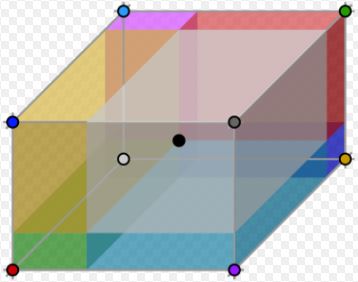Mike DonnellyThis LED spotlight example demonstrates the value of simulating both the electrical and thermal aspects of power dissipating...
Mike DonnellyThis schematic shows the electro-thermal characteristics of a "smart-phone" with Dynamic Thermal Management (DTM). The components...
Mike DonnellyThis example shows the ability of a Peltier Module, or Thermo-Electric Cooler (TEC), to actively transfer heat away from a "laser"...
DarrellThis is a model of an Ember coffee mug -- a battery-powered, state-of-the-art beverage container that controls the temperature of...
Introducing BCI ROM for Electro-Thermal Design
Featured Article | Mike Donnelly | 1 March 2021

The Simcenter Flotherm team recently released a new capability that I believe will revolutionize the electro-thermal design process! It is called BCI ROM (Boundary Condition Independent – Reduced Order Model) technology, a modeling approach to capture accurate thermal characteristics from a 3D analysis, ready for use in 1D circuit simulation.
Electro-Thermal Design: Using BCI ROMs for Switch-Mode Power Electronics
Featured Article | Mike Donnelly | 15 March 2021
This article describes a method to perform accurate electro-thermal simulations for circuits that operate in switch-mode. This approach addresses the fundamental problem of these divergent requirements:
• The need to simulate long periods of “virtual circuit operation”, due to long thermal settling times
• The need for small simulation time-steps, due to high switching frequencies and fast, non-linear device behavior
Ember Coffee Mug Virtual Teardown
Featured Article | Darrell | 11 July 2019
Virtual Teardown
When I saw the original advertisement for the Ember coffee mug, I was drawn to it like a Seattleite to a Starbucks. I knew that I had to get one and would then inevitably spend my weekend trying to figure out precisely how it works.
Need a Power Fairy? You Need Coordinated Electrical and Thermal Design!
Featured Article | Mike Donnelly | 16 March 2018A colleague of mine, a thermal design engineer, once made a comment that I’ll never forget. I was simulating a power electronics circuit and I placed a scope probe on a transistor model and plotted the power dissipation. Its value was of course changing over time, as the circuit’s operating state was varied during the simulated test scenario. He exclaimed: “You have a Power Fairy!”